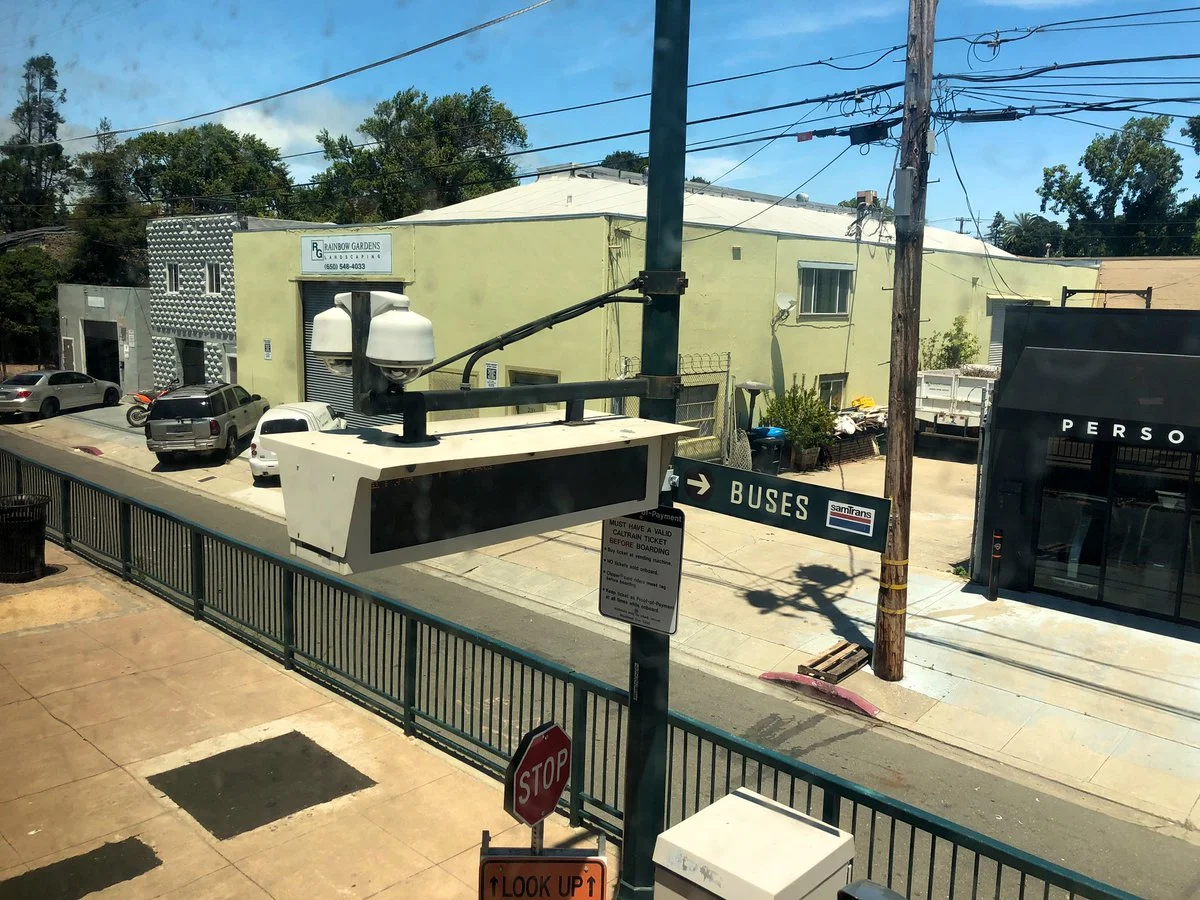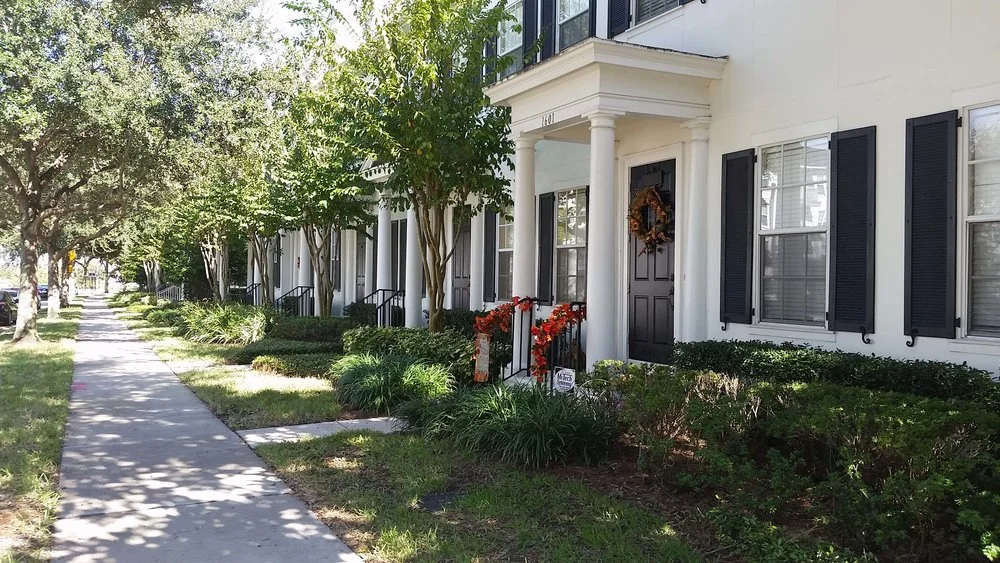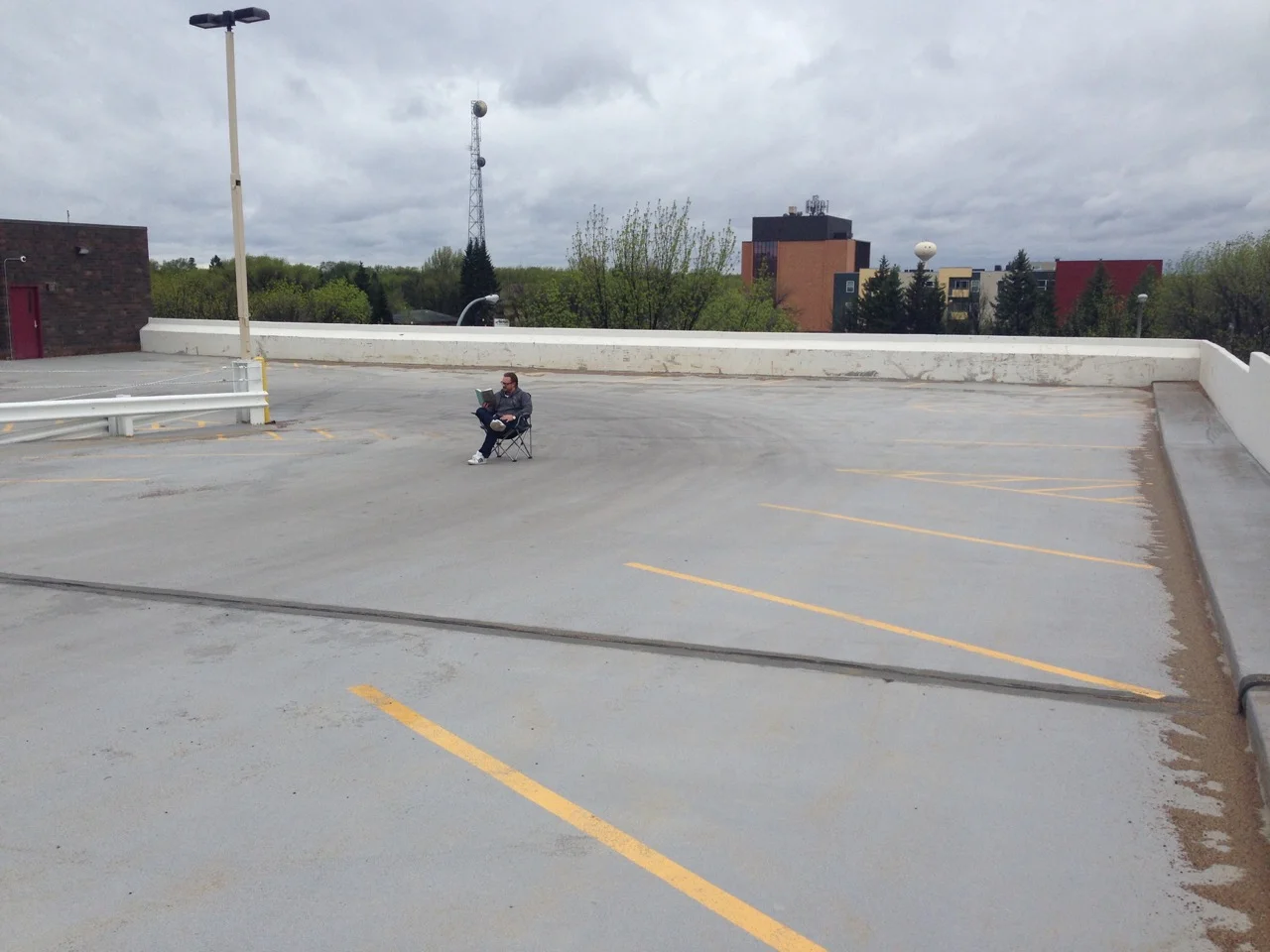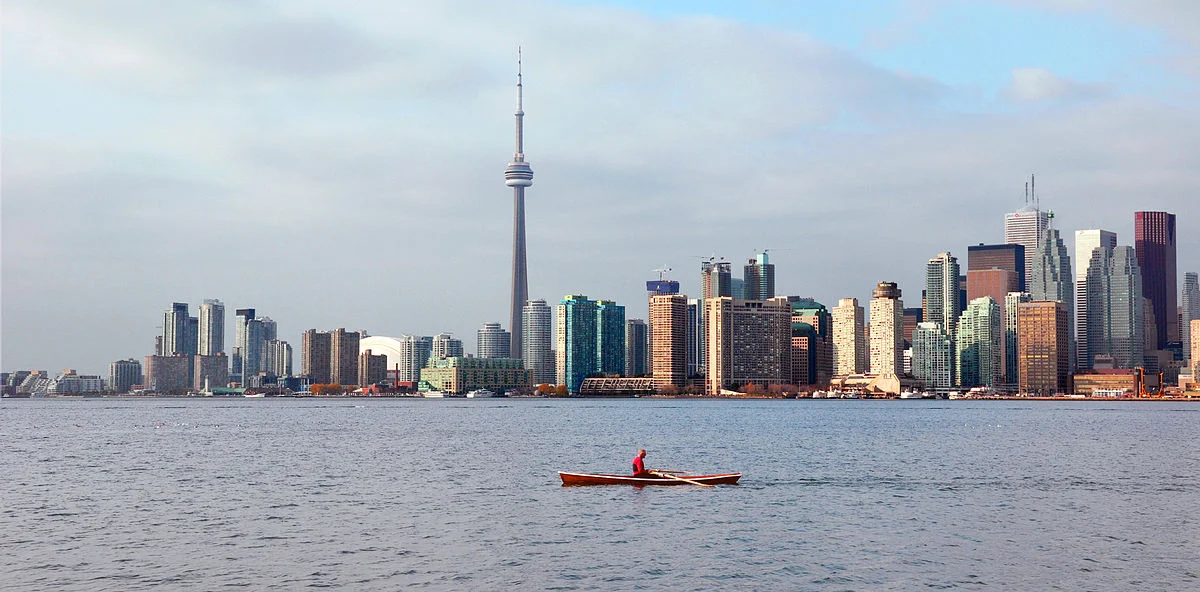Commuter rail stations in the San Francisco Bay Area should be some of the most valuable land in the region (and by extension, the world). So why are there so many parking lots and one-story buildings right next to them?
Read MoreWould you rather have a pizza, or the ingredients of a pizza arranged in separate piles? This analogy has something to teach us about the consequences of how we organize our cities.
Read MoreMid-size regions like Kansas City don’t have the affordability struggles of, say, a fast-growing Denver or Seattle: they have their own unique challenges instead. Here’s how the “natural” affordability of homes in these places can be turned into an opportunity for an urban renaissance.
Read MoreSan Bruno, California laid out a detailed blueprint for more housing. One developer followed that blueprint. $3 million and 3 years later, the city killed his project anyway.
Read MoreMissing Middle development—anything from a duplex to a cottage court to a small apartment building—is an indispensable piece of the Strong Towns vision for cities that are resilient, adaptable, and can pay their bills. We need to revive a culture of building this way: here are 5 ways cities can start.
Read MoreStrong Towns has been urging cities to end single-family zoning for ten years. But are cities listening?
Read MoreYour Strong Towns Knowledge Base question of the week, answered here.
Read MoreDenton, Texas seemed to be on the verge of an important step toward financial resilience: allowing its core neighborhoods to incrementally evolve and provide much-needed new housing. Now, is the city on the verge of moving in the wrong direction instead?
Read MoreNew Jersey has been using a “cap and trade” model to let single family neighborhoods buy their way out of growth for decades. Should your city follow suit?
Read MoreIf granting exceptions to your city’s planning rules is so common as to have become the norm, perhaps it’s time to reconsider the rules themselves.
Read MoreA proposed bill in Washington State would require cities to allow a minimum housing density near transit stations. It is a well-intentioned response to a very real problem, but its one-size-fits-all nature risks unintended consequences.
Read MoreA Strong Towns member shared with us a success story from the city of College Station, Texas, which recently revised its zoning code to make it easier to do incremental development by rehabilitating or expanding older structures.
Read MorePerhaps we should spend more time trying to understand and appreciate the humble, marginally better neighborhoods that are already tucked away in our cities. Here’s one such neighborhood in Lexington, Kentucky.
Read MoreIn your town, is an owner of a single family home able to get permission to add a small rental unit onto their property without any real hassle? If not, you've got work to do.
Read MoreWith each new regulation, new justification for even more regulation tends to arise.
Read MoreNew Urbanist design has been praised and criticized alike. A recent development in Orlando, FL offers a unique opportunity to examine the challenges and potentials for success in planned New Urbanist communities.
Read MoreIncreasing affordable housing doesn't have to require millions in public dollars or fancy new construction.
Read MoreThese places all have many of the physical elements needed for success, quite frankly, because they were built for it originally. What they need most is people; people that care about the place and have the energy to make it better.
Read MoreNo, your town doesn't need more parking. It probably needs less.
Read MoreThis week's featured member post asks the question: WWJJD (What Would Jane Jacobs Do) about zoning?
Read More



















